The fuel system is a key component in all automotive engines. It's comprised of various components, such as the fuel filter and the fuel pump. You may wonder, "What are the differences between the fuel filter and the fuel pump?" We did comprehensive research to provide an answer.
A fuel filter traps dirt, dust, and other particles to keep them from reaching the fuel system, preventing contamination in the engine. In contrast, a fuel pump transfers fuel from a fuel tank to the carburetor of an internal combustion engine.
This post will elaborate further on the main differences between a fuel filter and a fuel pump. We'll also discuss fuel filters and pump types and provide pointers on what to look for to identify a bad fuel filter or pump. Finally, we'll let you know how long you can expect the components to last. So, please keep reading to the end.
What Is The Main Difference Between A Fuel Filter And A Fuel Pump?
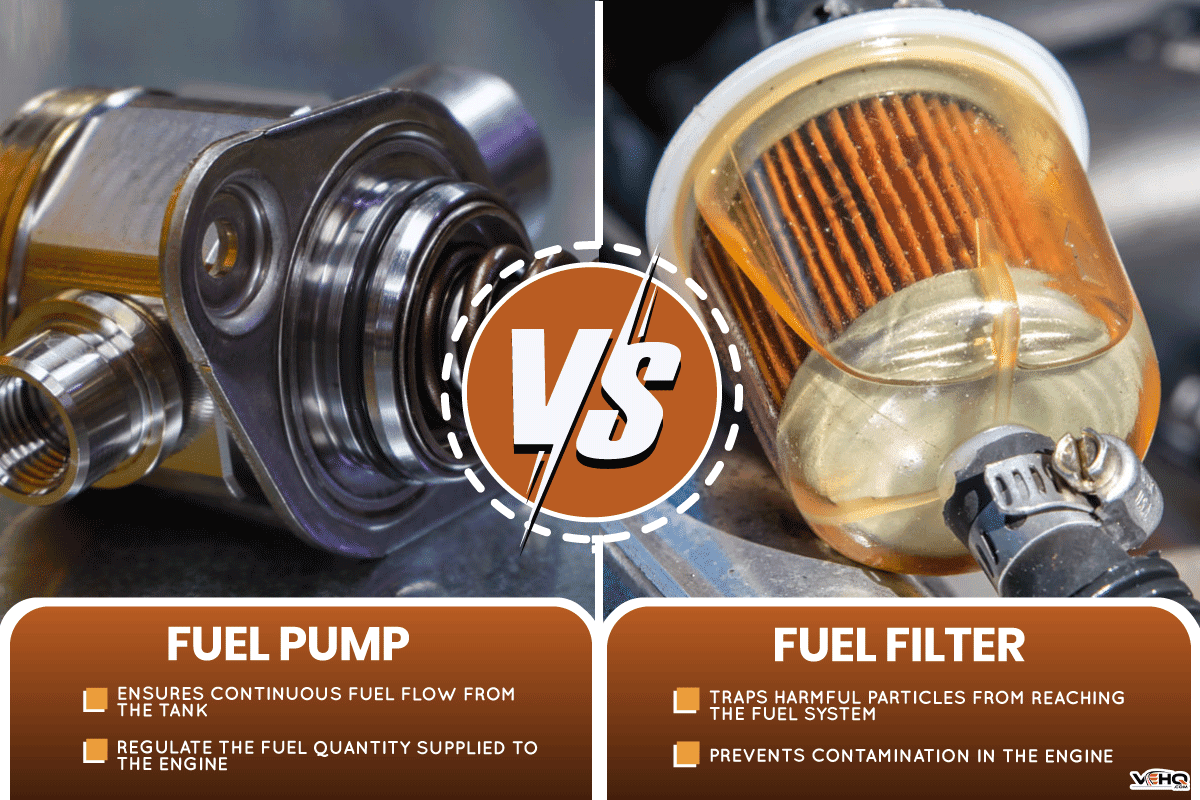
Although the fuel pump and fuel filter are different, they are both crucial components of the fuel system that work together to ensure that your vehicle runs well. Their main difference stems from their roles within the fuel system.
Your car's fuel filter is positioned between the fuel tank and the fuel pump. But if the fuel pump is situated within the car's fuel tank, then the filter will be between the fuel tank and the engine.
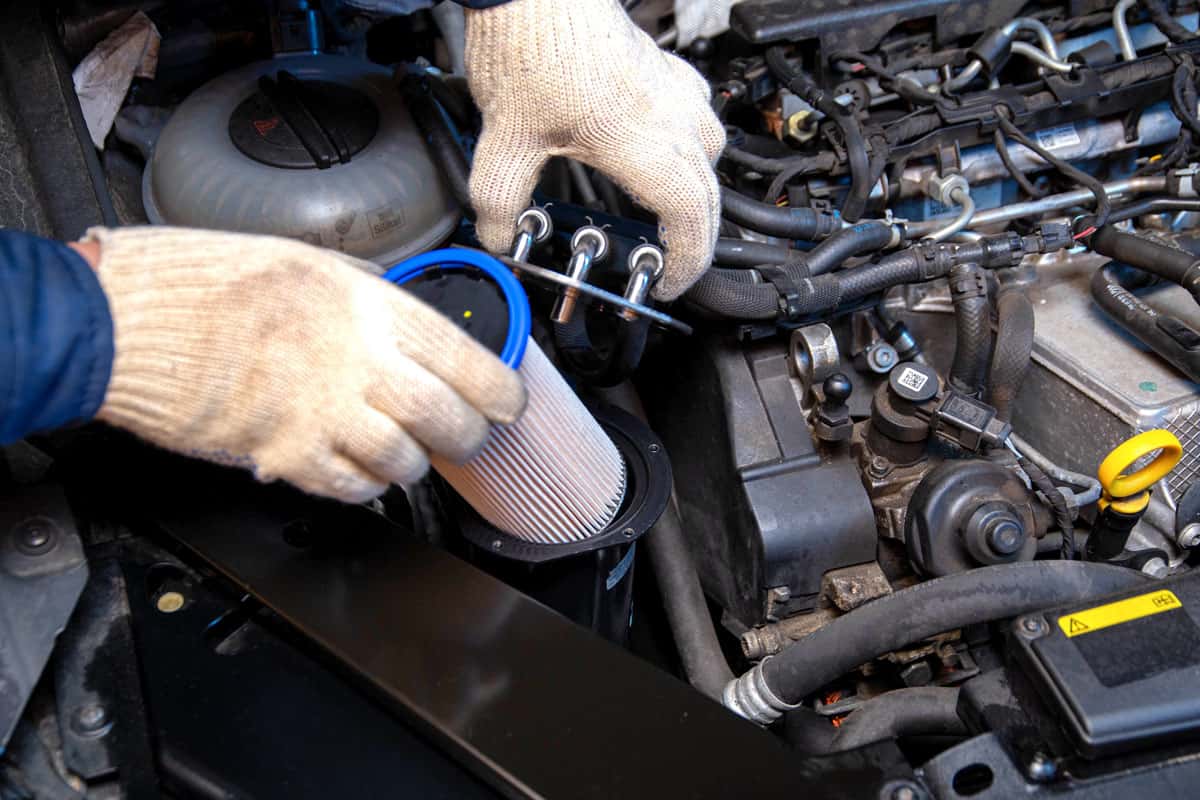
This positioning enables the filter to serve its primary role: remove impurities and contamination, such as dirt, debris, and other particulate matter, from the fuel. These contaminants can adversely affect the engine's performance if they make their way to the engine.
The fuel pump is the center of the fuel system. It ensures continuous fuel flow from the tank to the engine via supply hoses. The fuel flows through the hoses at a predetermined flow rate and pressure.
Older automobiles have mechanical pumps, while modern vehicles feature electric fuel pumps. The fuel pumps in modern vehicles can regulate the fuel quantity supplied to the engine with the help of sensors. This regulation ensures that your engine is more efficient and has adequate power.
What Are The Different Types Of Fuel Filters?
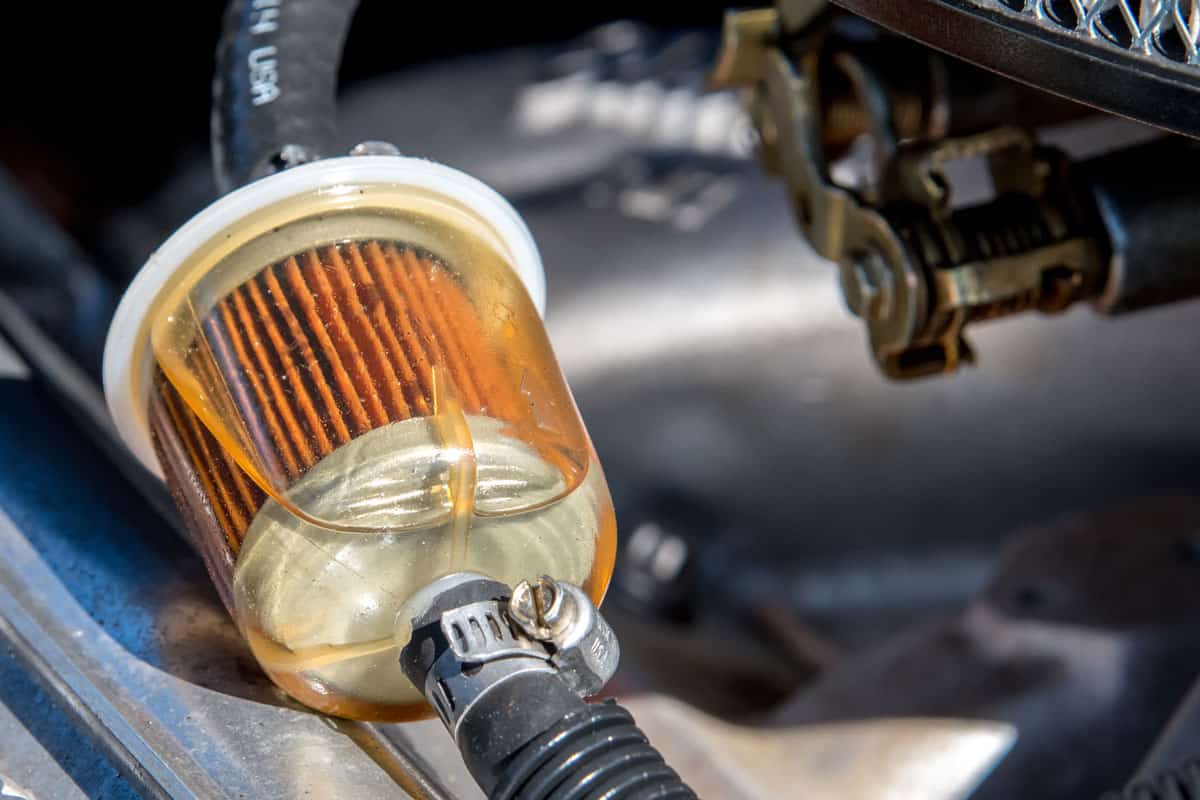
Below are some types of fuel filters.
Primary Fuel Filter
A primary fuel filter is often used in diesel fuel systems. It is put on the vacuum side of the fuel pump, and it shields the pump from particles that can harm it or shorten its lifespan. It filters out contaminants like large particles, water, and wax.
Typically, primary filters are less constraining. So they don't have to capture the smaller contaminants.
See this Primary Fuel Filter on Amazon.
Secondary Fuel Filter
Secondary fuel filters filter out the finer particles. For this reason, a secondary filter has a tighter media or one with a higher micron rating. These filters are mounted on the pressure side of the fuel pump, which is closer to the engine.
Canister Fuel Filter
This unique filter has a filtration unit enclosed inside a canister-like casing. It is the most common; its housing may be made of plastic or metal, depending on several parameters.
When the filter's lifespan is up, you disassemble, discard, and replace it with a new one. Therefore, the filters are believed to be less environmentally friendly.
Click to see this Canister Fuel Filter on Amazon.
Cartridge Fuel Filter
A cartridge gasoline filter typically consists of the filtration member, structural components, and some necessary filter components. There is no external shell on this kind of filter. It has a separate part with a metal or plastic housing attached to the vehicle to a mating surface.
Cartridge fuel filters are less harmful to the environment because you discard fewer components when the filter becomes defective.
Click to see this Cartridge Fuel Filter on Amazon.
Spin-On Fuel Filter
Typically, you mount spin-on fuel filters in the engine compartment using threads.
Their main benefit is that they are simple to replace - you only need to unfasten the damaged filter and secure the new filter in its place. Almost any vehicle owner may complete the procedure, which takes a little time.
Click to see this Spin-On Fuel Filter on Amazon.
Inline Fuel Filter
Inline fuel filters are installed between the gas tank and engine, along the fuel lines underneath the car. The filters have an inlet on the side facing the gasoline pump and output on the opposite side.
You secure the filters using a metal bracket and plastic safety clip, and the two apertures link to the hoses or tubes that make up the fuel line.
In-Tank Fuel Filter
Almost all of today's cars use in-tank fuel filters. The in-tank fuel pump may have the filter integrated or separated from it.
These filters have a drawback in that they are difficult to maintain due to their inaccessibility - mountings inside the gas tank conceal these fuel filters. Moreover, you cannot change the filters separately. So, changing a clogged or damaged filter implies a more expensive replacement.
Click to see this In-Tank Fuel Filter on Amazon.
What Are The Different Types Of Fuel Pumps?
There are two types of fuel pumps, classified according to the operation of their components. We describe them below:
Mechanical Fuel Pump
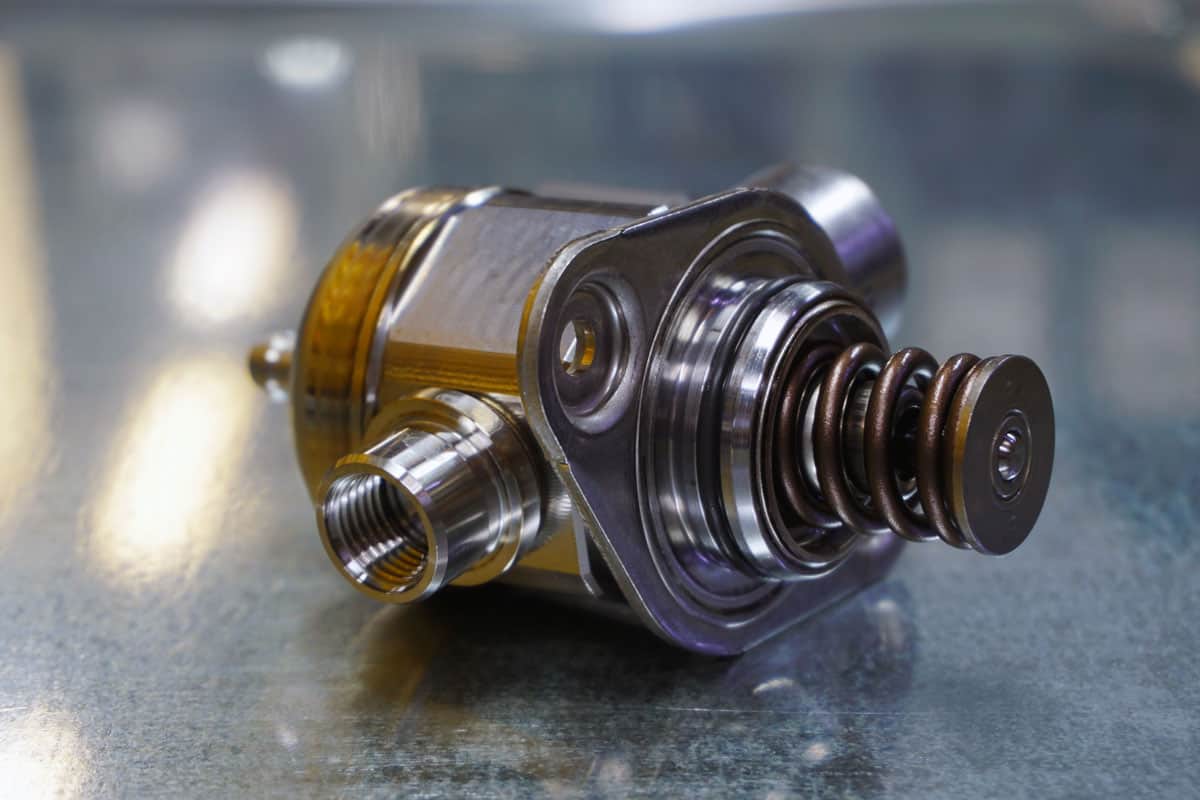
On a diesel engine, the engine speed connected to the belt acts as the driving force for the mechanical fuel pump. In other automobile engines, the camshaft mechanism situated on the cylinder head regulates the pump's movement.
Electrical Fuel Pump
A computer system controls the fuel pump and is responsible for keeping track of the air-to-fuel ratios, the position of the throttle, and the composition of the exhaust.
You can find the fuel pump inside the fuel tank or close by. It does not require a vacuum to deliver fuel to the engine. Instead, fuel is injected into the engine's combustion chambers using injectors.
What Are The Symptoms Of A Faulty Fuel Filter?
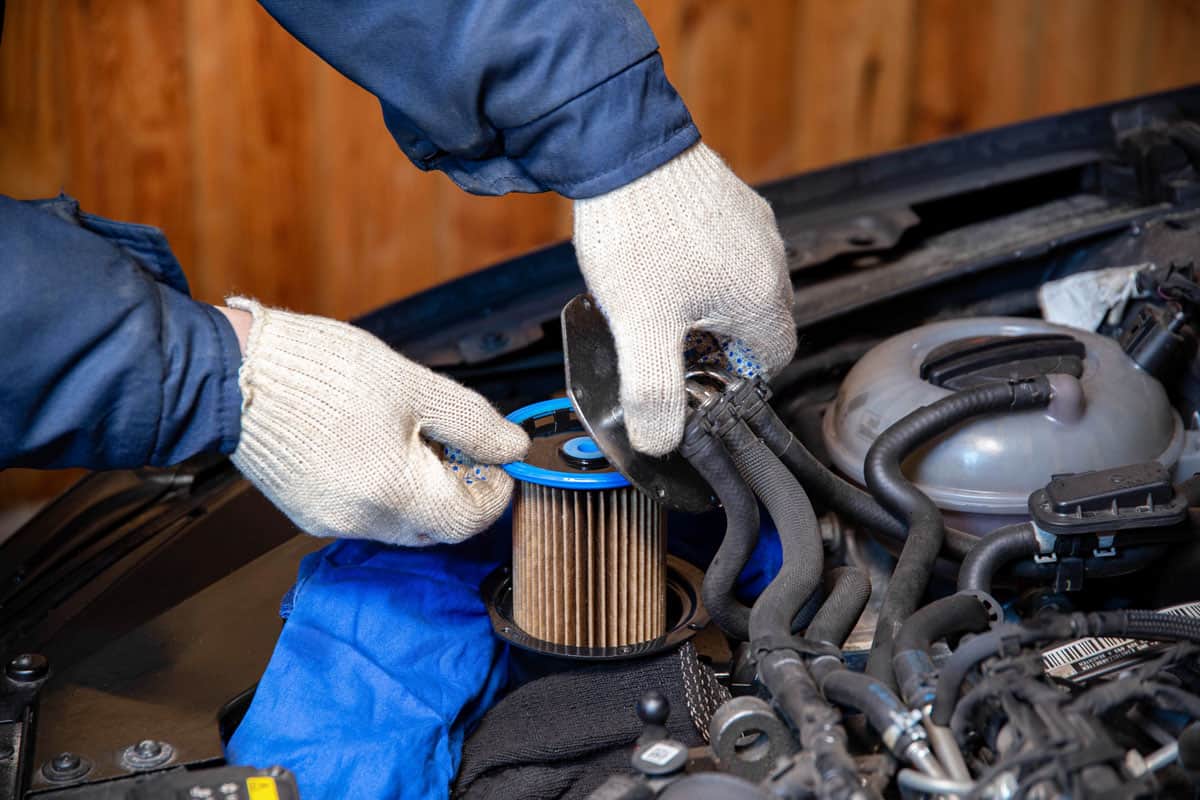
If you don't replace your fuel filter, dirty fuel can cause extensive damage to the fuel system. The clogged filter may cause the fuel pump to whine and make other unpleasant noises.
Knowing the symptoms of a bad fuel filter can help you catch the problem before it propagates. Here are some pointers:
Misfiring
The fuel supply rate starts to slow when particles clog the filter. You may fail to notice the difference when moving slowly through stop-and-go traffic. However, the engine may misfire when you hit highway speeds because the amount of fuel being injected into it is insufficient to satisfy its demands.
Reduced Fuel Economy
Clogged fuel filters can cause poor fuel economy since the fuel pump will send more fuel than needed to meet the engine's requirements.
For optimum engine performance, replace the gasoline filter if you experience any of these symptoms.
What Are The Symptoms Of A Faulty Fuel Pump?
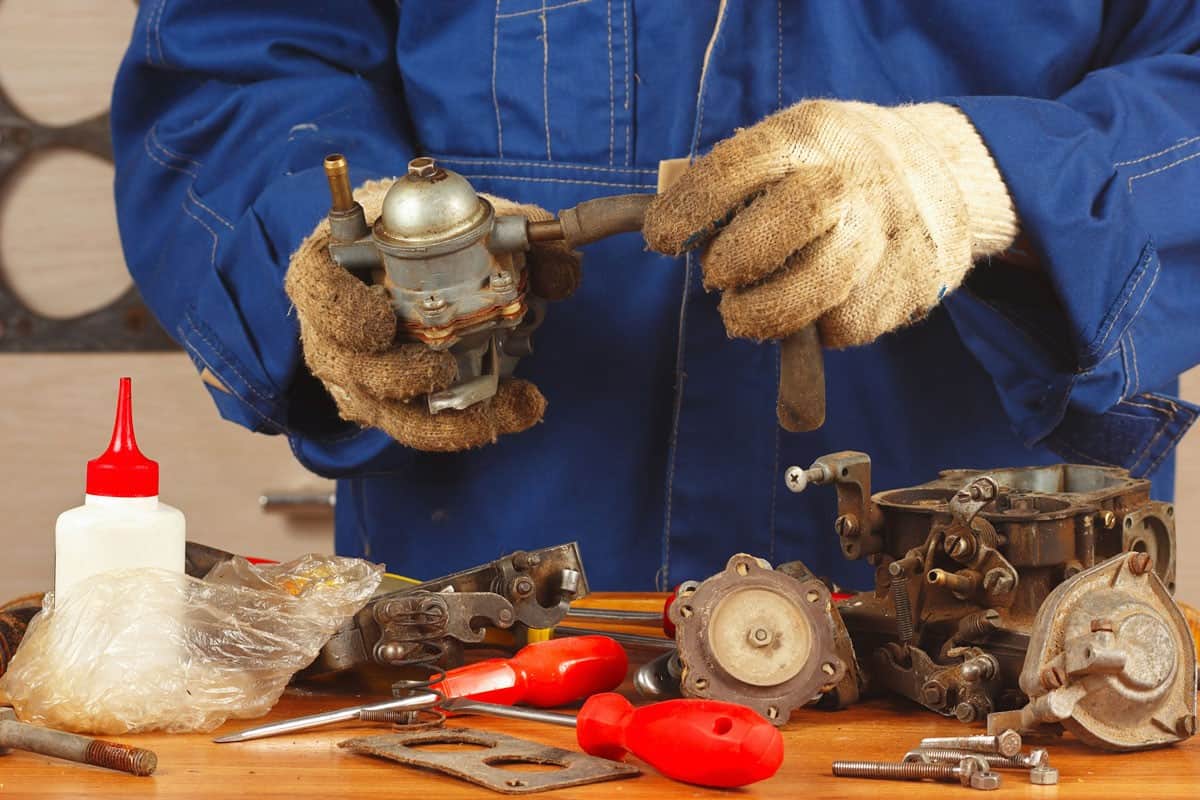
You'll experience these symptoms when your fuel pump begins to malfunction:
Stuttering
You may fail to notice stuttering when the fuel pump has a slight performance decline. But the engine can lose power if you are speeding, climbing hills, or towing heavy objects. Each scenario hints that the pump cannot keep up with the motor's fuel requirements.
Stalling
Although your engine won't stall as long as it gets a little fuel, it won't run as smoothly as you would like. However, the fuel supply can shut off in dire circumstances. In that situation, your engine will stop even if you're driving down the highway.
Difficulty Starting The Engine
If your pump stops working, your starter will not start the engine in time to get gas into it. The ignition may need to be turned on several times for the fuel injectors to receive adequate gas.
The Engine Won't Start At All
You cannot drive your automobile if the pump has failed. The motor won't be able to run without fuel. Other potential causes of an engine not starting include a dead battery, an inoperative alternator, a faulty starter, or even a clogged fuel filter.
How Long Do Fuel Filters and Fuel Pumps Last?
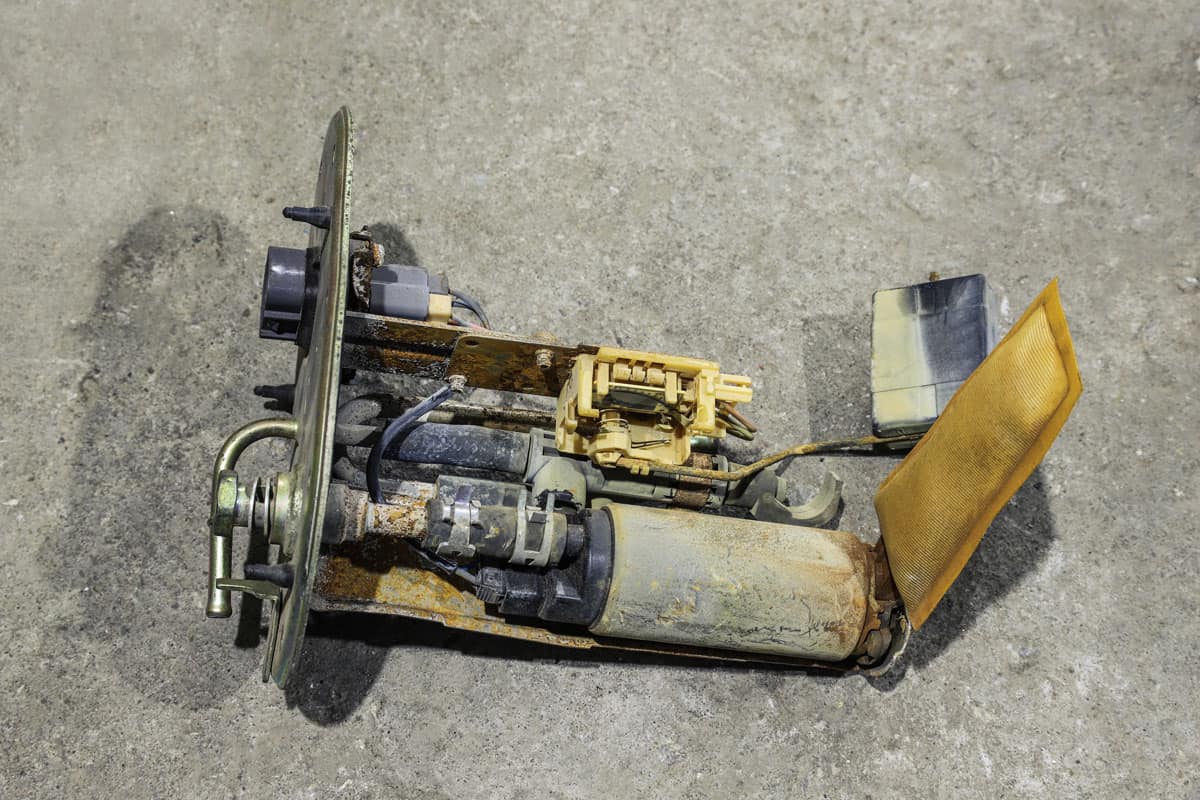
Change the fuel filter if it clogs to the point where the fuel flow rate reduces.
Most mechanics advise replacing the filter on older vehicles every 20,000 miles. In more recent vehicles, fuel filters are made to last significantly longer, and you might not need to replace them for at least 60,000 miles.
Fuel pumps have a minimum 50,000-mile lifespan. However, it usually takes until after 100,000 miles before you need to replace the fuel pump. In many cases, gasoline pumps continue to function normally well over 200,000 miles.
Conclusion

The fuel pump and fuel filter are essential components for the internal combustion engine to function properly and for the vehicle to perform as intended. The fuel is filtered after being pressurized by the fuel pump and sent through the fuel filter before being fed to the fuel injectors.
You may encounter vehicle-related issues when the fuel pump or fuel filter malfunctions. You must fix the defective component before it causes more trouble. We hope you are now well equipped to identify defects in the fuel filter or pump.
If you found this post helpful, check out these related articles:





